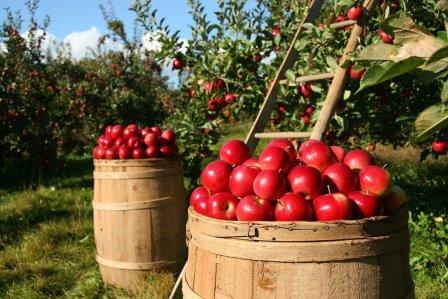FACTORS AFFECTING ROOTING OF CUTTINGS
Temperature: for the cuttings to produce roots warm temperatures are required around the root zone while cool temperatures are important for the aerial part of the cuttings. For most species optimum day and light temperatures for rooting are 22 -27°c and 15-21° c respectively. a) Relative humidity:Proper rooting of cuttings requires high humidity which lower the […]
FACTORS AFFECTING ROOTING OF CUTTINGS Read More »
